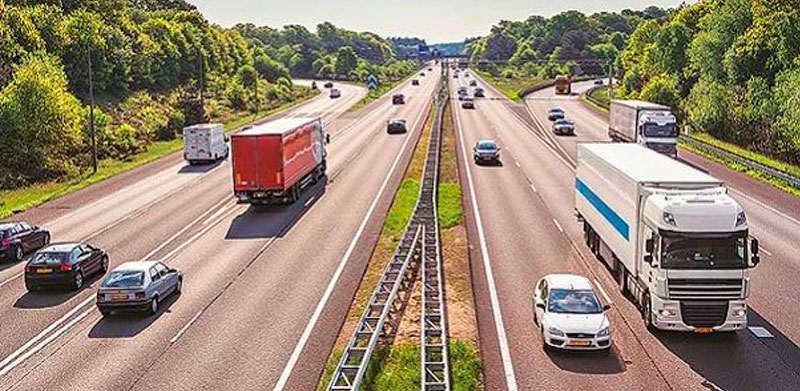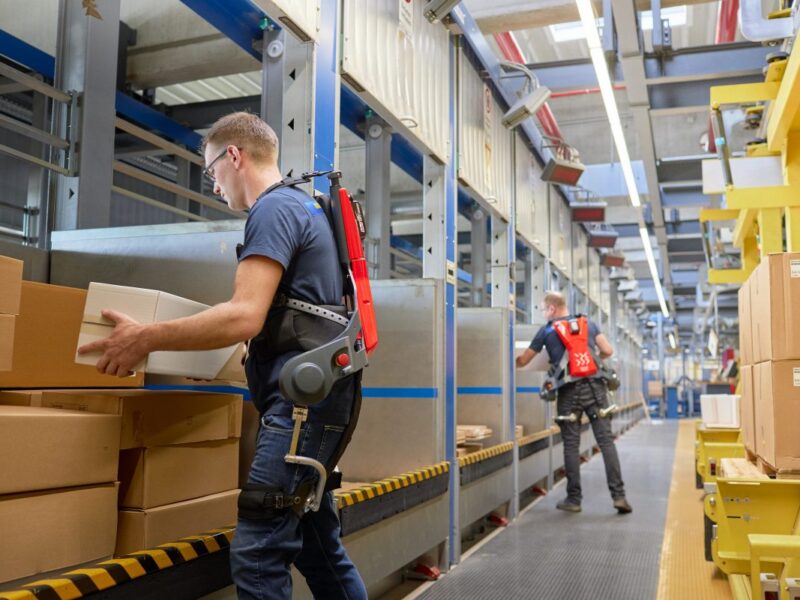Road freight transportation can be called a complex event that requires proper organization. In order for the cargo to be delivered to its destination within the agreed time, many important conditions must be met. In addition, the cargo must remain intact. For this you need:
- make a route accurately;
- compare the route with the delivery time;
- find out all the transport characteristics of the cargo;
- clarify the conditions of transportation;
- find out the mode of transportation and storage of goods;
- prepare all documents.
If cargo transportation is carried out by car, a lot will depend on the professionalism and experience of the driver. In most cases, the driver monitors the cargo, the conditions of its maintenance, and controls the exact delivery time. The driver decides organizational issues, but he still has to adhere to the established rules of the road.
Shipping rules
There is such a chapter in the PPD, which spells out the rules for the carriage of goods. Our main task is to understand these rules.
- The vehicle must have sufficient carrying capacity. It is forbidden to load it in excess of the norms that were established by the manufacturer. Drivers are advised to monitor the uniform distribution of the load along the axles of the machine. A violation is a discrepancy between the actual and values allowed by the documentation.
- When performing cargo transportation, the driver is obliged to monitor the condition of fastening goods or things. The driver is responsible for the position of the load in the body of the vehicle. Compliance with this rule prevents falling objects, helps to avoid accidents that often occur on the road.
- The cargo cannot be transported in several cases: it interferes with the view and visibility on the road, causes problems in driving the machine, violates the stability of the cargo vehicle. It is also forbidden to transport it when it obstructs retroreflectors, lighting devices, identification and registration marks. The cargo is not transported if it interferes with the recognition of the signals given by the traffic controller. If it pollutes the road, the environment, then it cannot be transported. Also, you can not carry out transportation in the case when it causes noise and dust.
- It is necessary to remember about the dimensions, which should not exceed the established norms. If the load is transported without identification marks, then it should not protrude behind and in front of the car by 1 meter. On the side of the edge of the side light of the vehicle, the cargo should not protrude more than 0.4 meters. Otherwise, it is designated by such special signs:
- “Oversized cargo” – during daylight hours;
- additionally with flashlights or reflectors – with the onset of darkness.
- Transportation of dangerous and special cargoes, transportation of large items on vehicles is carried out in accordance with the established rules.
Compliance with these simple rules guarantees fast and safe delivery of goods to their destination. Failure to follow the rules of the road leads to accidents. Accidents end in different ways, becoming the main cause of delay on the road.
If the owner is at a loss, the transport company may suffer financial losses. There is only one conclusion: there is no need to treat the choice of a logistics partner irresponsibly.


